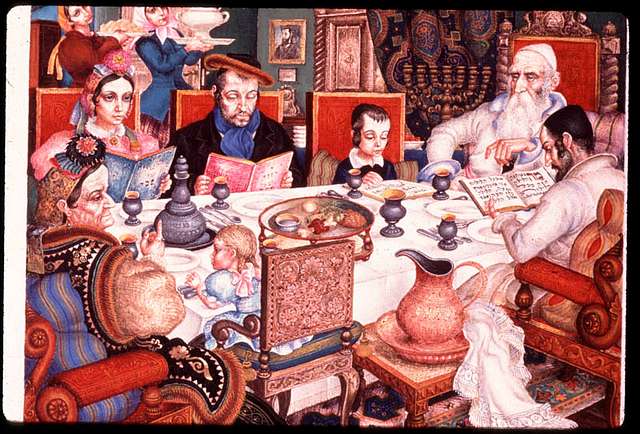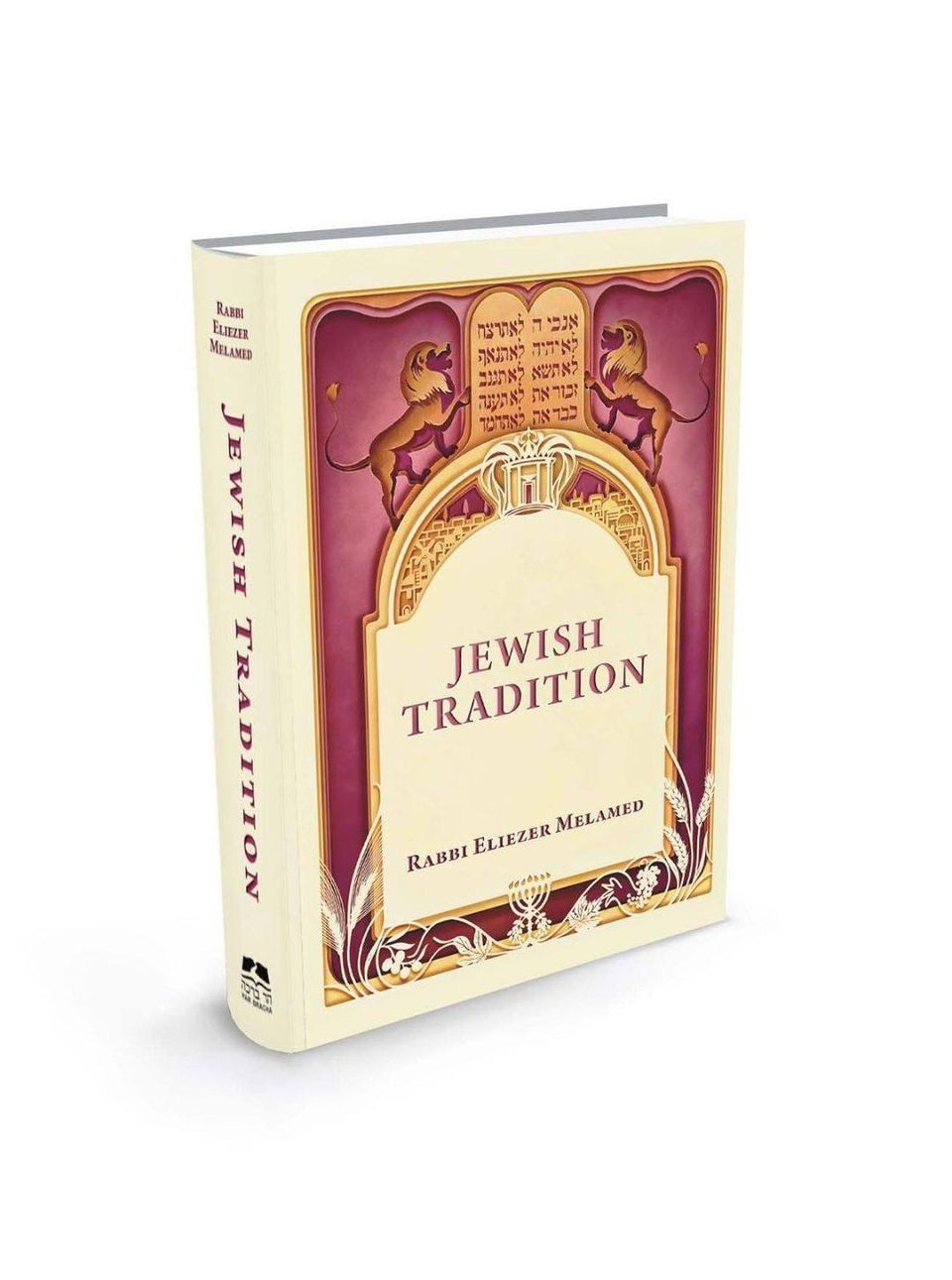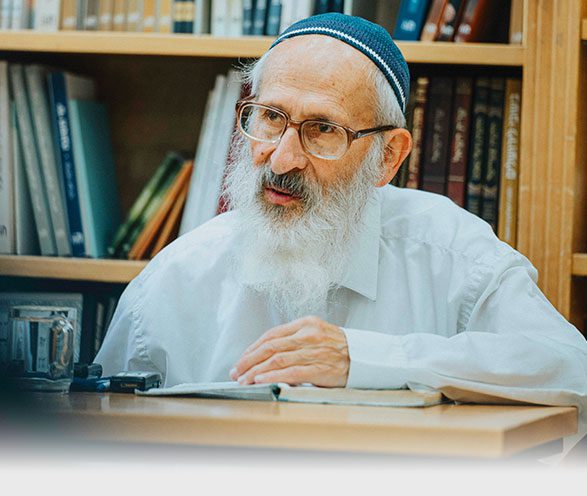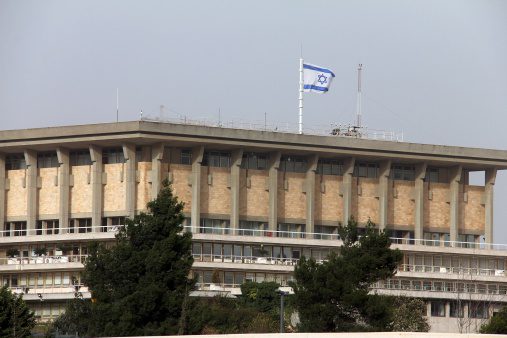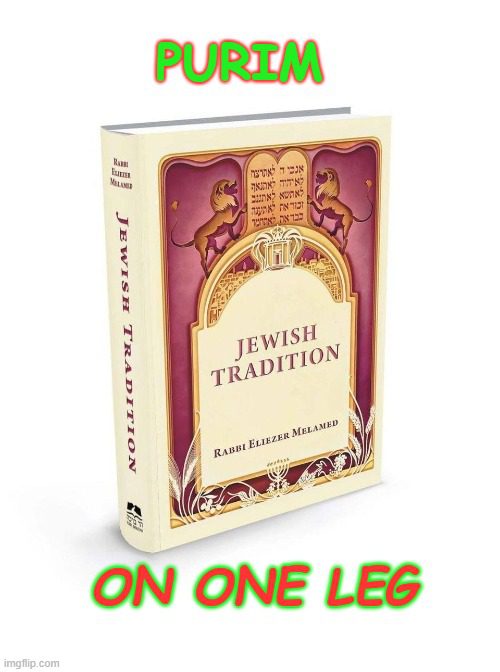A Yom Kippur War Tankist Remembers

Interview with Rabbi Elchanan Ben Nun, by Tzvi Fishman
In Israel, the trauma of the Yom Kippur War still haunts the nation. Eye-witness accounts, both tragic and heroic, fill the media as the Day of Repentance approaches. At the time, Rabbi Elchanan Ben Nun was a 24 year-old IDF reserve soldier. The diary he wrote immediately after the war became the basis of the bestselling book, “Adjusting Sights,” by Rabbi Haim Sabato. Today, at age 74, the former “tankist” is retiring as the Rabbi of the settlement of Shilo, a position he held for forty years. A well-known lecturer in Tanach, he served as Rosh Yeshiva of the Beit Orot Yeshiva on the Mount of Olives for 15 years.
Why did you decide to write a diary of the war?
I witnessed giant things and I wanted to record them. I didn’t write anything during the battles. There wasn’t any time. When the war ended, our draft orders were prolonged for half a year. During that time I wrote the memoire.
How did it later become the basis for Rabbi’s Sabato’s book?
Before the war, Haim and I studied together in the Mercaz HaRav Yeshiva. He also served in the Golan Heights during the war, but we didn’t meet up until after the fighting. During miluim, we shared our experiences. A few decades later, when HaRav Haim began to write books, I reminded him of the memoire I had written.
What perspective did you take in your recounting?
I just described the events as they happened, with no accompanying commentary or personal opinions. I merely recorded what I saw. The maserut nefesh of the Israeli soldiers, the acts of bravery, the willingness to sacrifice for the nation, were so larger-than-life, I didn’t feel I had to add anything more.
Where were you when the Yom Kippur War began?
I was the hazan for musaf on Kibbutz Rosh Tzurim. We didn’t learn about the war until the evening. The news was very vague. The Egyptians were attacking in Sinai, and the Syrians in the Golan. Nothing more. I received a call-up order and made my way to my base up north where everything was a total balagan. Nothing was ready, not our uniforms and not our tanks. I was trained as a driver. No one knew what was happening. The warehouse lacked the amount of supplies needed for the troops, and the tanks hadn’t been serviced for months. The scene was like the Machane Yehuda Market on Friday morning. Everyone shouted out what he needed. Instead of bananas and strawberries, soldiers traded with each other for rockets, grenades, and rifles. All the while in the sky, about the Golan, we could see flashes of explosions and smoke, but we didn’t know what was happening. People speak about the great miracles of the Six Day War, but the miracles of the Yom Kippur War were even greater. Just the fact that we assembled a fighting force was a miracle from Heaven. It was like David, armed with a pebble, striding forth to meet Goliath.
What was you first battle encounter?
We left Rosh Pina before midnight. All of the tank transporters had been moved to the Sinai, so we traveled along the highway in our treads. We stopped when we reached the Binot Yaacov Bridge which transverses the Yarden River on the way toward Quneitra and Damascus. The bridge had great strategic importance since it was one of the only bridges wide enough for tanks to cross. I couldn’t see what was going on because in times of war, the driver’s hatch is shut, so I could only see through the periscope. We learned later that the army command was debated whether to blow up the bridge or not after we crossed. Keeping the bridge intact would allow Israeli civilians and troops on the northern Heights to retreat if need be. But it would also allow the advancing Syrians ready passage into the Galilee. We received orders to cross and intercept any Syrian tank force heading toward the bridge so that it would not have to be destroyed.
During intervals like these, what passed through your mind?
The Rambam teaches that a soldier is to focus on the battle and not think about his wife and family at home. In a tank, during battles, the gunner, loader, and navigator/commander don’t have a free moment. If the tank is stationed in one position, the driver sits and waits for orders. I said a lot of Tehillim. Before we reached Tzahal’s main base in in the Central Golan, known as ‘Nafach,” we had our first encounter. We were a force of 3 tanks. Two dozen Syrian tanks were waiting to greet us, some four-hundred meters away. An Israeli ‘nagmash’ armored vehicle filled with soldiers was blown to pieces by their shelling. The tank to my left took a direct blow. Two tankists were killed. Two others made their way wounded to our tank, but we couldn’t stop to help them, so they fled on foot to the base. The tank to my right, with our group commander, suddenly had an electrical problem and had to be abandoned. We ascended a hill and opened fire alone. For several hours, constantly changing our position, forward and reversing, ascending the hills and descending, our lone tank exchanged fire with the enemy. Baruch Hashem, our gunner had ‘seata d’shamayah’ and managed to neutralize sixteen Syrian tanks. The remaining enemy tanks retreated.
Was your tank able to communicate with others?
Here and there, we were given a direction or heard a terse report. I had no idea what was happening around us.
Did you receive air support?
Nothing. All of our fighter planes were relocated to the Sinai where our forces were taking a heavy beating.
What happened then?
We kept fighting in what later become known as the ‘Battle of the Valley of Tears.’ The Syrians had amassed over a thousand tanks in the area, and over a thousand pieces of heavy artillery, while our whole battalion had 170 tanks and 60 pieces of artillery. On the third day, before sunrise, with a force of 15 tanks, we set out to ambush an enemy division of over 100 tanks and portable-bridge equipment heading for the Yarden River. With the first rays of sunlight, we opened fire. The Syrians absorbed a heavy blow and started to respond with massive fire. The rising sun was in our eyes as the exchange of missile fire increased. Another platoon of 5 Israeli tanks joined us from a different direction. Our tank was hit by flying shrapnel and the main gun was put out of commission. We retreated to our base for repairs and returned to the battle within three hours. Our indefatigable platoon commander was still firing from the lead tank. More than half of our tanks had been crippled. He ceased firing only to jump off his tank to run from vehicle to vehicle to offer whatever help he could. What is important to note is the fact that not all of our soldiers were great hero types. They were regular people, religious and not-religious, Sefardi and Ashkenazi, youngsters seeing their first, death-filled battles alongside veterans of the Six-Day War. Without knowing what was happening, or where we were, or whether help was on the way, everyone fought together with an incredible unity and readiness for self-sacrifice for Am Yisrael, a combined miserut nefesh which drew down from Heaven an outpouring of Divine Assistance and success on the ground. The terrible number of casualties that we suffered hides the miracle of our success in forcing the far larger Syrian forces to flee.
In the Yom Kippur War, more than 2500 Israeli soldiers were killed and more than 8000 wounded. Ever since the early days of Zionism, the Jews who returned to the Land of Israel were faced with murderous Arab terror and wars which claimed additional thousands of Jewish lives. The terror and wars have continued until today, including the murder of your twenty-year-old son, Harel, and his friend, Shlomo Leibman, while they were doing guard duty in Yitzhar. What is the purpose of all the suffering?
“HaKodesh Baruch Hu has His reasons, which are above our understanding. The Gemara teaches: ‘’G-d gave Israel three good gifts, and all were given only through suffering. They are the Torah, the Holy Land, and the World to Come’’ (Berachot 5A). On Yom Kippur, we read about the Ten Martyrs who were tortured and killed by the Romans, including Rabbi Akiva, whose cry of ‘Shema Yisrael’ echoes over the centuries until today, expressing the Unity of Hashem and the sublime eternal faith of the Jewish People, even in the face of torture and death. The fact that we read about their martyrdom on Yom Kippur indicates that their deaths are connected to atonement. Rabbi Kook, in his writings about war, mentions that the righteous who are killed in Israel’s wars have a profound influence on the atonement of the Nation, like the death of Tzaddikim, bringing an exalted cleansing to all of the world. Furthermore, our Sages state regarding ‘Harugei Malchut’ (Jews killed by the Gentiles), such as ‘Harugei Lod’ who sacrificed their lives to save the Jewish Nation, that ‘No created being can stand in their place,’ (Baba Batra 12A; Pesachim 50A).
What message for today can we learn from the Yom Kippur War?
I think the message is clear. Our success in overcoming our enemies stems from the unity of the Jewish Nation. It was the unity of our soldiers, and their selflessness in battle that led to our eventual victory. If we had to retreat to repair a tank, or to treat a bleeding wound, our soldiers returned to the battle. In contrast, the Syrians simply fled. Just as HaKodesh Baruch Hu is One, when the Jewish People unite as one, Hashem grants us an unworldly power. The unity of all our camps, religious and secular, Left and Right, righteous and less righteous, is our secret weapon in overcoming the terror and the enemies who continue to threaten the Nation of Israel today.
While everyone can appreciate the importance of unity, does that mean accepting the demands of groups which oppose Halachah, such as movements which seek to change the rules of conversion and marriage, or those who demand new prayer arrangements at the Kotel?
To answer that complex question I would need another separate interview. Of course, Halachah is not something negotiable. But that doesn’t rule out the positive value of discussion. During the war, there were many fierce disagreements, but a consensus was always reached which allowed the army to fight as one unified force. At the beginning of Yom Kippur, we invite evildoers to join our prayers. In the tractate of Keritut, we learn that any congregational fast that doesn’t include sinners is not a proper fast. Our Sages derive this from the Ketoret that was offered on the Golden Altar in the Beit HaMikdash. All of the different spices had to be brought together to be accepted before Hashem. One of the important spices was chelbenah. Because of its foul odor, it represents the evil doers of Israel, who, at their source, are attached to the sanctity of the Jewish People. When blended with the other spices, its unpleasant smell would be transformed. Instead of impairing the pleasing fragrance of the Ketoret, its addition would enhance the aroma. This teaches that when all of the forces and camps in Am Yisrael unite for the sake of the nation’s wellbeing, the inner holiness of the sinners of Israel is revealed, and they also play a necessary part in the tikun of the Jewish Nation, mankind, and the world. All the more so today, when Am Yisrael seems staunchly divided and entrenched into rival groupings and beliefs, and when enemies continue to rise up against us in ever-increasing hatred and aggression, not differentiating between this group of Jews or that group of Jews, the unity of Am Yisrael is a must, along with the understanding and appreciation that every facet of the Nation contributes an essential part to the whole, just as it says in the Book of Shmuel, ‘And who is like you, Yisrael, one nation in the Land?’


